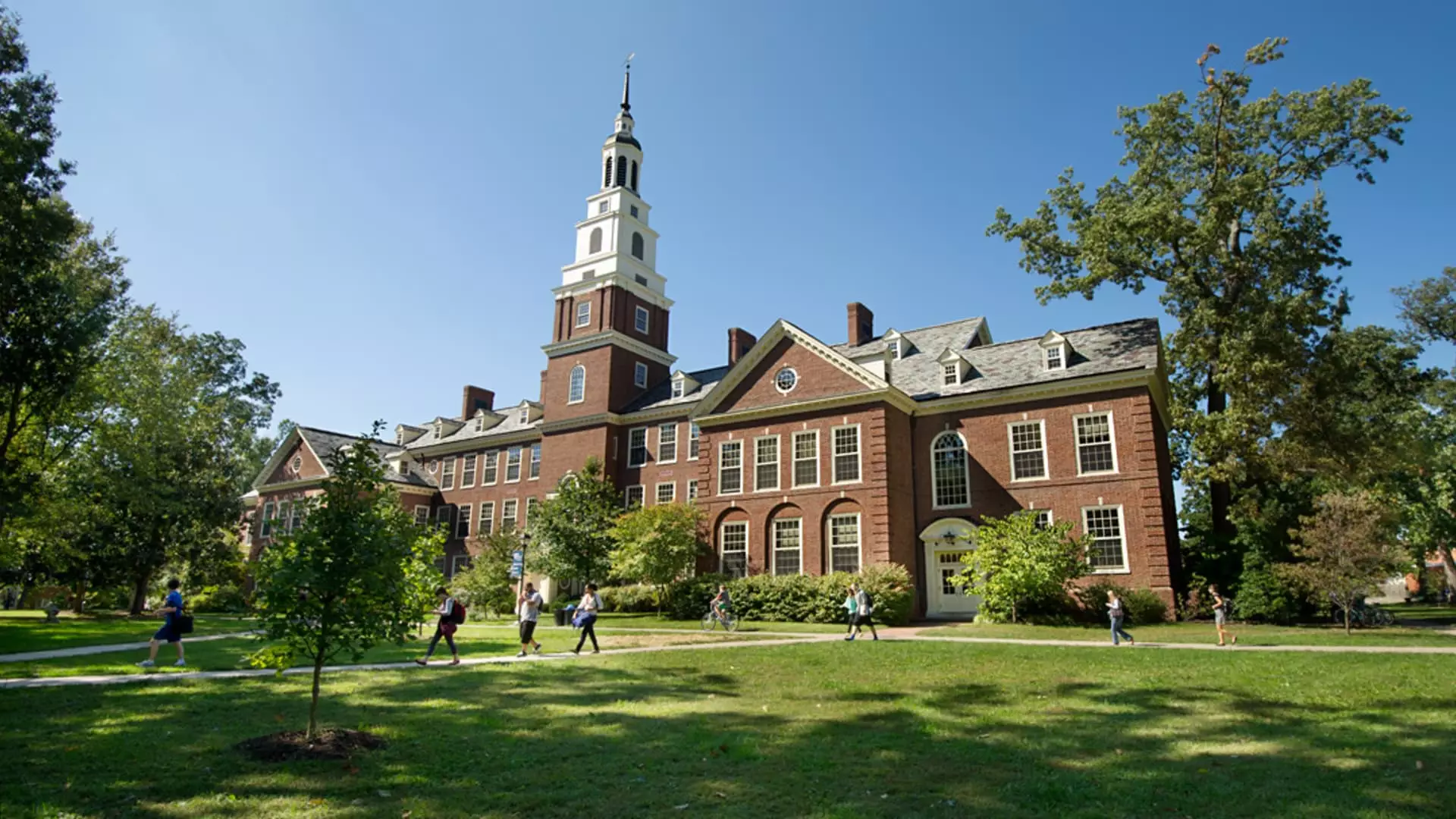In an era where the skyrocketing cost of higher education has become an alarming national crisis, the concept of free college is often touted as a beacon of financial salvation. For many families, the dream of an affordable degree feels increasingly distant, overshadowed by the daunting figure of nearly six figures for a four-year education at renowned institutions. Yet, amidst this bleak landscape, some colleges present an appealing paradox: tuition-free learning. Initially, this seems like an altruistic breakthrough, democratizing access and alleviating burdens for the most vulnerable students. However, beneath this apparent generosity lies a complex web of expectations, requirements, and sacrifices that often go unnoticed by the hopeful applicant.
While it is true that these institutions eliminate the immediately tangible barrier of tuition fees, the reality is far less straightforward. Entry into such colleges is elite, with high standards that demand exceptional academic achievement, resilience, and dedication. The allure of no-cost education often conceals a rigorous, demanding environment where students are expected to give more than they receive—through work commitments, service obligations, or intensive academic pursuits. This creates an illusion that free education equates to opportunity without cost, but in practice, it frequently translates into a form of Netflix subscription: free after a relentless series of sacrifices and commitments.
High Standards and Heavy Expectations
Many of these schools, from Berea College in Kentucky to military academies like West Point and Annapolis, stand as testaments to discipline and service. They are not just tuition-free; they often incorporate structured work programs, military service, or strict academic regimes into the core of their offerings. Berea College, for instance, provides full funding but expects students to work part-time, contributing to the campus community while financing their education. Similarly, military academies like the United States Naval Academy and West Point furnish a comprehensive experience that is as much about molding future leaders as it is about imparting knowledge.
While these institutions claim to democratize access, the gatekeeping is formidable. Candidates must demonstrate exceptional aptitude, discipline, and commitment—qualities that favor a select few. The broader societal implication is clear: free education doesn’t necessarily mean equal opportunity for all but rather a filtered pathway reserved for highly ambitious, resilient individuals who meet stringent standards. It risks creating a paradox where access is technically open, but practically limited to the most prepared and driven, reinforcing existing inequalities under the guise of fairness.
The Hidden Cost of Service and Personal Sacrifice
An often overlooked aspect of these tuition-free programs is their demand for long-term commitments. Many military and service academies stipulate multiple years of active service after graduation, intertwining personal ambitions with national duties. While service might seem noble, it also restricts personal independence and prioritizes obligations over individual career choices. In return for a free education, students essentially trade their freedom for years of contractual service—an arrangement that can become a burden, especially if personal aspirations change or the political landscape shifts.
Moreover, even for institutions that do not mandate military service, there is typically an expectation of continued engagement—be it through work, internships, or community service—that extends well beyond the classroom. These programs, while providing valuable experience, blur the lines between opportunity and obligation. The promise of free education, in many cases, comes bundled with a package of sacrifices that could strip away the very freedom that many students seek when aspiring to higher education.
The Questionable Sustainability of the Model
On a systemic level, these tuition-free programs are not immune to criticism. They are often funded by taxpayers, military budgets, or religious and private endowments that come with their own strings attached. Questions about the sustainability of such funding, especially in a political climate rife with budget cuts and shifting priorities, remain unanswered. High standards and extensive service requirements also limit the scalability of this model, making it the privilege of a select few rather than a broad-based solution to the affordability crisis.
Furthermore, these colleges tend to serve a particular demographic—either low-income or highly capable students—leaving middle-class families in a precarious middle ground. The promise of free education risks becoming a symbolic gesture rather than a genuine solution, effectively reserving it for the fortunate, while the majority continues to grapple with hovering student debt, limited access, and systemic inequalities.
A Reflection on True Educational Equity
While the notion of free colleges may appear as a progressive step forward, it potentially masks deeper issues of privilege, obligation, and exclusion. For some, these institutions offer a golden ticket, transforming lives without the crushing weight of debt. For others, they symbolize a system that awards merit and resilience disproportionately, embedding existing hierarchies within a façade of fairness. Instead of viewing free education solely as an aspirational goal, society needs a critical reassessment: how can we fundamentally restructure higher education funding to ensure genuine inclusivity and equal opportunity?
Until then, the so-called “free” colleges remain a curated experience—reserved for the few who can meet their rigorous standards—and a reminder that real affordability is more than just tuition-free labels; it demands a comprehensive overhaul of how society values and sustains accessible education for all.

